Crafting an Effective Video Marketing Strategy in 2025
Table of contents
In today’s digital landscape, video marketing has become a powerful tool for businesses to captivate audiences and drive growth. Crafting an effective video marketing strategy is essential for success, and in this blog post, we will explore the various components of creating a winning formula.
From understanding the power of video marketing to developing a targeted strategy, experimenting with various formats, and measuring performance, we will provide you with the knowledge you need to harness the full potential of video marketing.
- Engage and Trust: Use video to connect and build credibility with your audience.
- Tailor and Measure: Create platform-specific content, and track key metrics.
- Innovate and Succeed: Experiment with new formats like AR/VR, live streaming; stay ahead of the competition.
Understanding the Power of Video Marketing
Video marketing has become an incredibly powerful tool for businesses, as online video consumption is on the rise, and it has great potential for driving business growth through a well-planned video marketing campaign.
A whopping 91% of businesses are utilizing video marketing to their advantage, including the use of educational videos to inform and engage their audience.
Monitor your videos! Discover their reach and sentiment!
The Rise of Online Video Consumption
- Unprecedented Growth: Online video consumption is skyrocketing, with users spending an average of 100 minutes a day watching online videos.
- Platform Diversity: YouTube, TikTok, Facebook, Instagram – each platform offers unique opportunities.
- Mobile Dominance: Over 70% of YouTube watch time comes from mobile devices. Mobile-first is no longer an option; it’s a necessity.
Video Marketing for Business Growth
Not convinced? Here are some stats from this year:
- Engagement King: Videos engage users 2-3x more than other content types.
- Trust Builder: 96% of consumers watch explainer videos to understand products. It’s about education and trust.
- Conversion Booster: Including a video on a landing page can increase conversions by 80%.
- SEO Friendly: Videos can increase organic search traffic by 157%. Google loves videos.
- Social Sharing: Videos are shared 1200% more than text and images combined. Virality is real.
Developing Your Video Marketing Strategy
Creating a robust video marketing strategy is the foundation of your success in 2023. Here’s how to build it:
Define Your Target Audience
- Know Who They Are: Age, interests, location, needs – the more you know, the better you connect.
- Understand Behavior: How do they consume content? TikTok? YouTube? Instagram? Find them where they are.
- Create Personas: Build detailed customer profiles. Tailor content that resonates.
Set Clear Goals and Objectives
- What’s the Purpose? Sales, awareness, engagement? Define it.
- Align with Business Goals: Your video strategy should mirror your overall business objectives.
- Measure Success: Set KPIs. Track views, engagement, conversion. Adjust as needed.
Choose the Right Video Formats
- Diversify Content: From short-form videos to live streaming, use various formats.
- Trend Wisely: Utilize AR/VR videos, shoppable videos, user-generated content.
- Platform-Specific Approach: Instagram loves stories; YouTube thrives on how-tos. Match the content to the platform.
Create Compelling Content
- Storytelling Matters: Connect emotionally. Share your brand story.
- Maintain Brand Consistency: Voice, visuals, message – keep it consistent.
- Optimize for Mobile: 70% of YouTube watch time comes from mobile devices. Optimize for the small screen.
Types of Video Formats
There are numerous engaging video formats to choose from, such as:
- Company culture videos
- Tutorials
- Product demonstrations
- Explainer videos
By exploring various video formats, you can uncover what resonates with your audience and develop a diverse and effective video marketing strategy.
Creating videos that are tailored to your target audience can help you to engage with them in a meaningful way.
Company Culture Videos
Our Instagram is chock-full of these.
Showcase the heart and soul of your organization with company culture videos. These are especially great for:
- Potential Employees: Experience the vibrant work environment.
- Stakeholders: Understand the company’s ethos.
- New Customers: Connect with the brand’s values. Build trust and connection, reflecting your unique workplace.
Build trust and connection, reflecting your unique workplace.
Monitor your videos! Discover their reach and sentiment!
Tutorials and How-To Videos
Share expertise and provide value through tutorials and how-to videos. These are perfect for:
- Existing Customers: Unlock product features.
- DIY Enthusiasts: Learn new techniques.
- Industry Learners: Gain insights from the expert. Guide and educate, positioning your brand as a leader.
Guide and educate, positioning your brand as a leader.
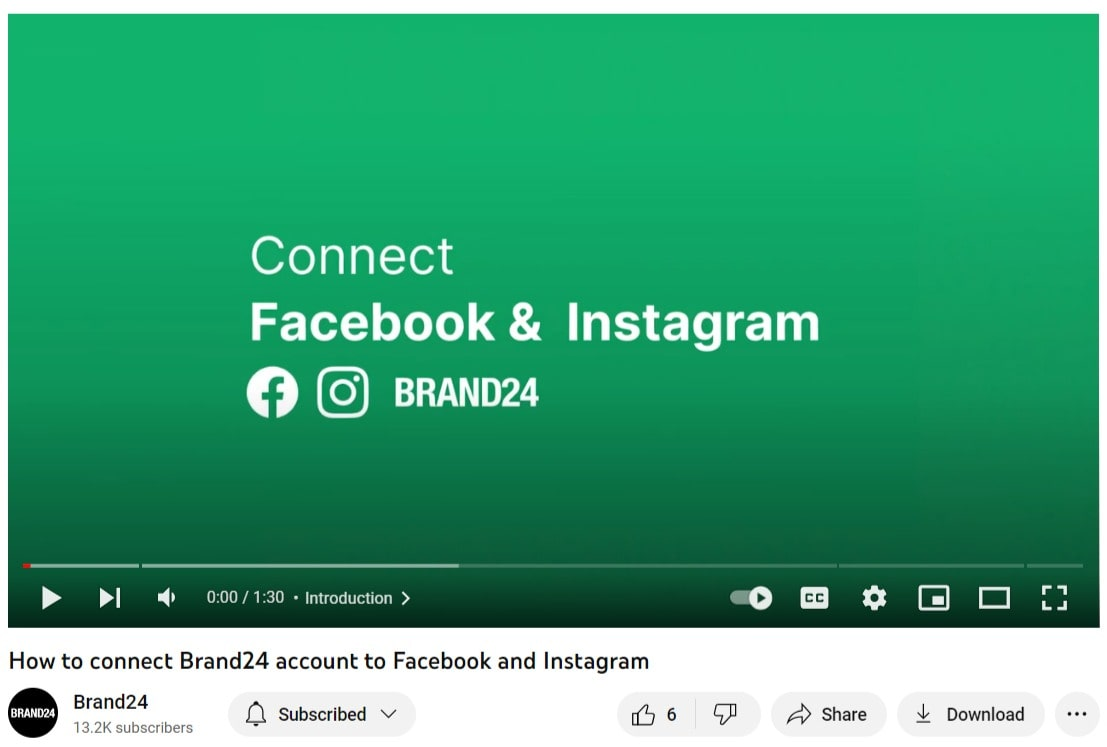
Product Demonstrations
Highlight and sell product features with engaging demonstrations. Ideal for:
- Potential Buyers: Spark interest.
- Existing Customers: Explore more.
- Stakeholders: Witness innovation.
Illuminate and entice, driving sales and satisfaction.
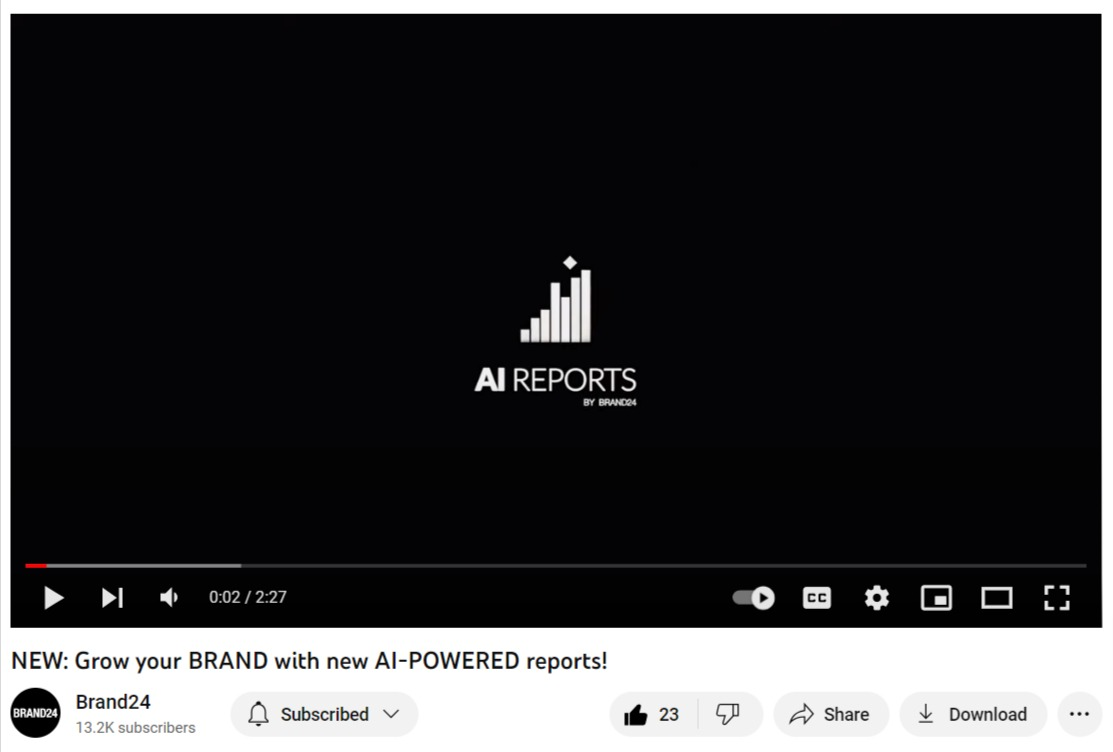
Explainer Videos
Clarify complex concepts with explainer videos. You can use them for:
- New Customers: Understand your products.
- General Audience: Decode intricate topics.
- Stakeholders: See the bigger picture.
Simplify and engage, fostering informed decisions.
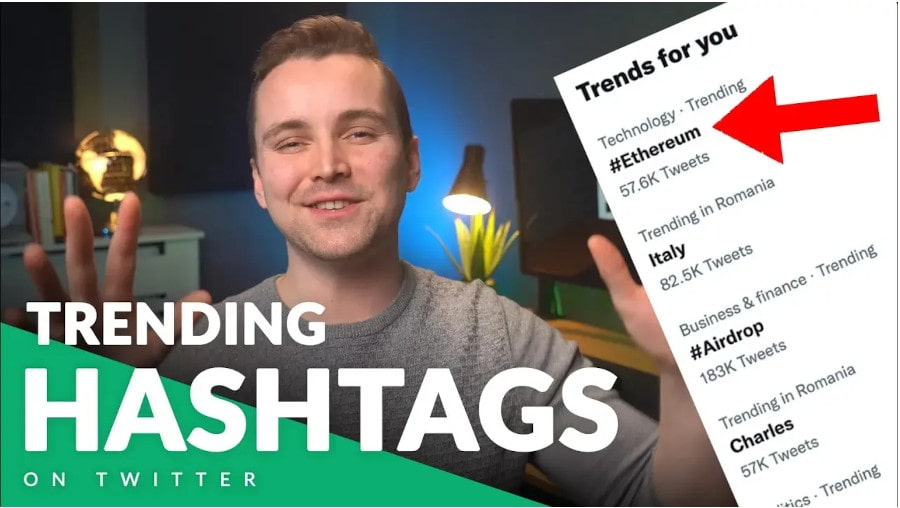
Customer Testimonial Videos
Let customer voices resonate through testimonials and reviews.
- Potential Buyers: Build trust.
- Skeptics: Overcome doubts.
- Competitors: Showcase your advantage.
Validate and assure, creating credibility and conversions.
Behind-the-Scenes Videos
Unveil the human side of your brand with behind-the-scenes videos.
- Loyal Customers: Strengthen connections.
- Potential Employees: Experience the culture.
- Industry Peers: Appreciate authenticity.
Reveal and inspire, fostering a personal brand experience.
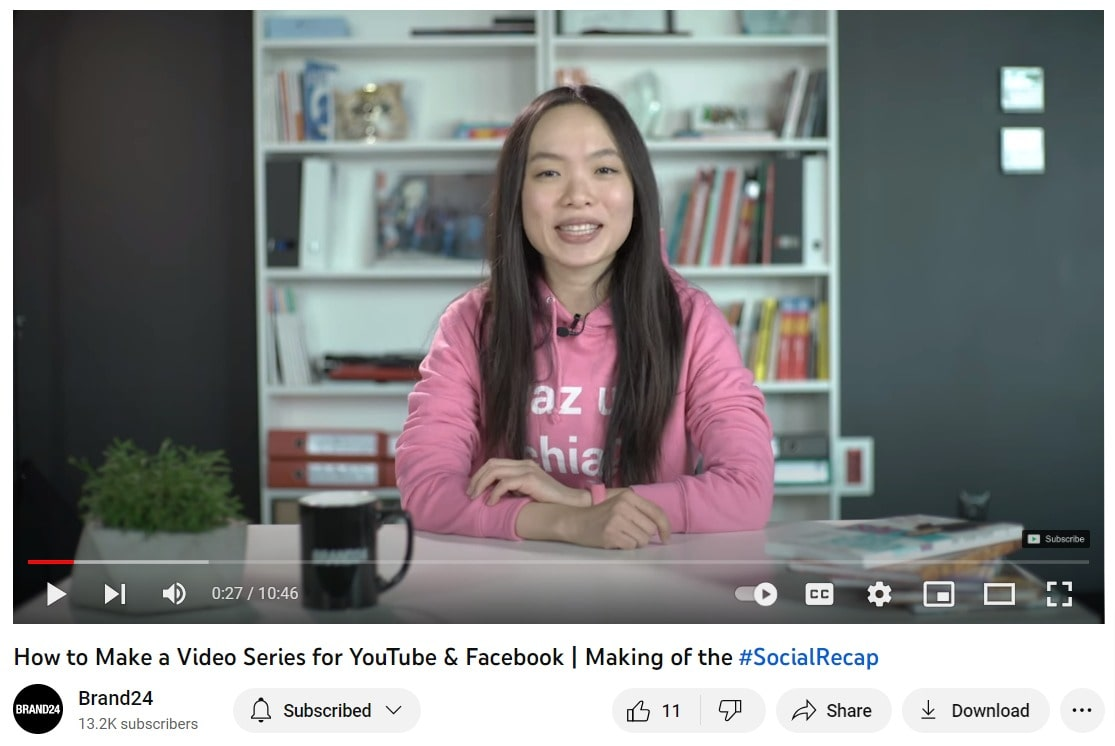
Webinars and Educational Content
Lead and captivate with webinars and educational content.
- Industry Professionals: Absorb expertise.
- Existing Customers: Learn and value.
- Learners: Recognize authority.
Position your brand as a thought leader, building loyalty.
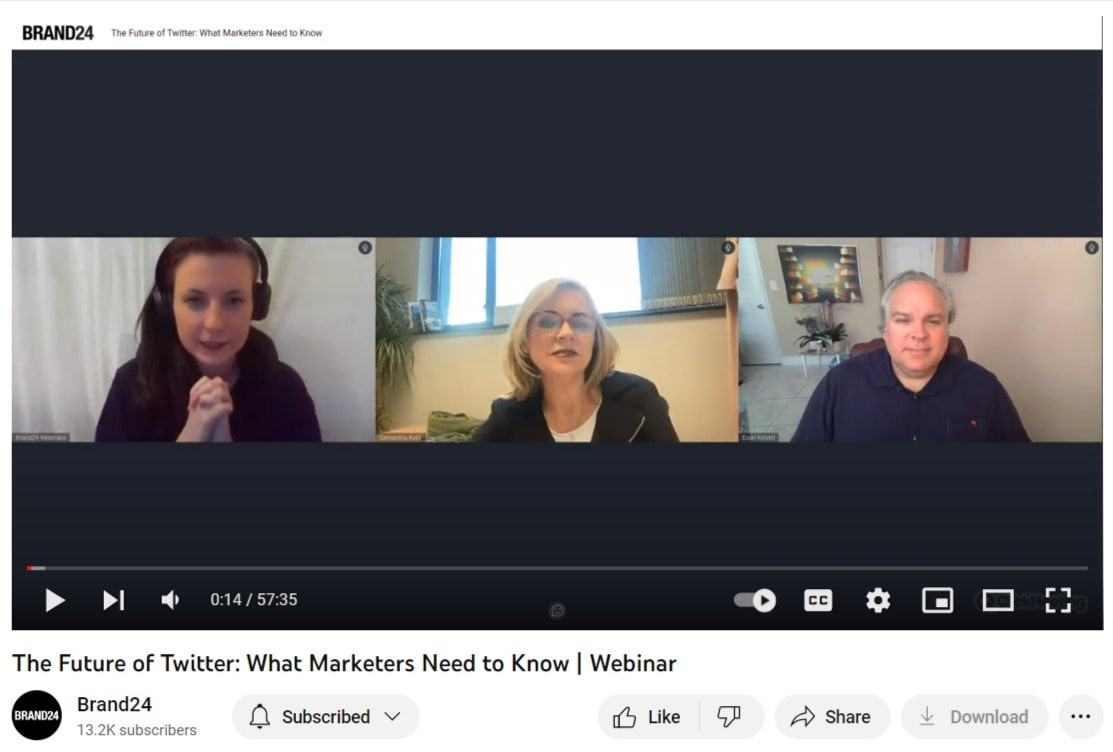
Event Highlights
Engage and share your brand’s energy at industry events.
- Event Attendees: Relive the experience.
- Industry Professionals: Demonstrate involvement.
- Interested Audience: Stay informed.
Capture and radiate, reinforcing credibility and connection.
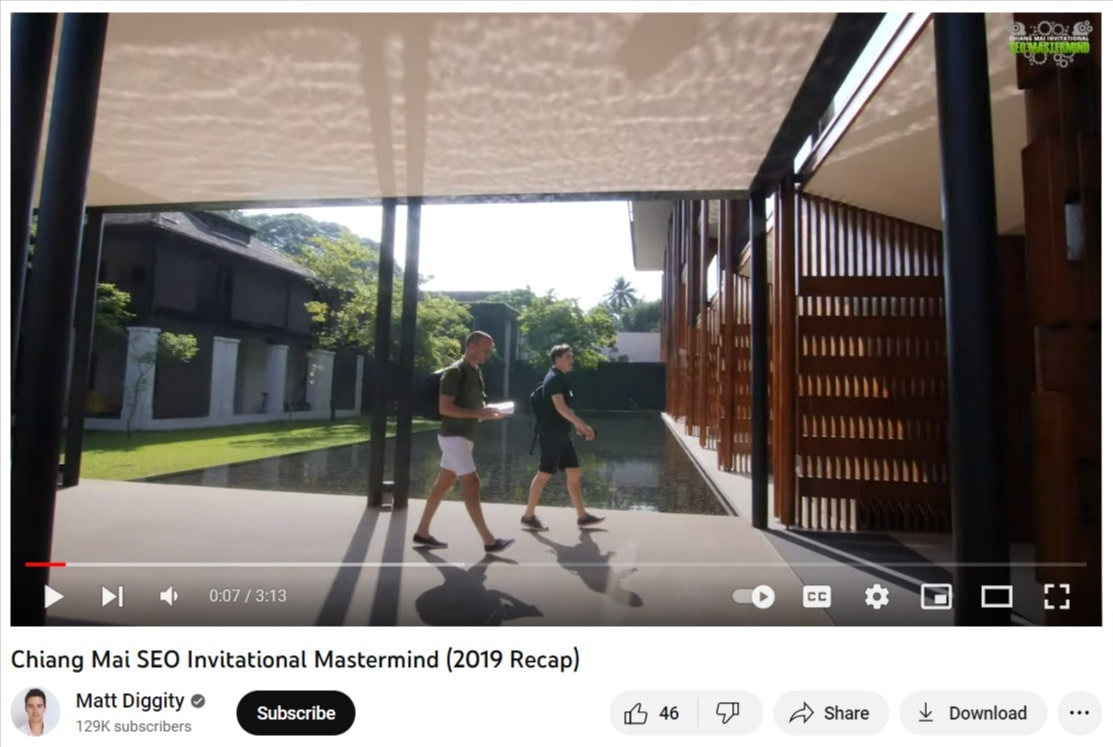
Influencer Collaborations
Amplify your reach and resonate with influencer collaborations.
- Influencer Followers: Engage new audiences.
- Younger Demographics: Connect authentically.
- New Customers: Boost visibility.
Collaborate and magnify, tapping into new markets.
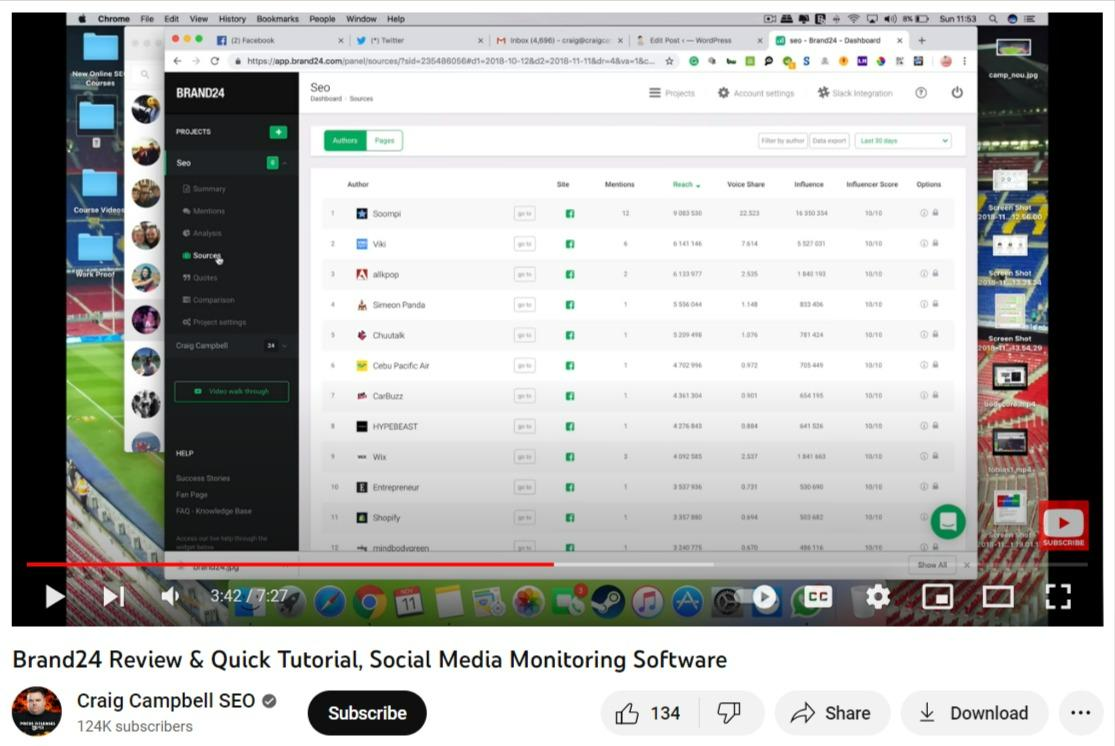
Animated Videos
Animate information into engaging visual stories.
- Younger Audiences: Capture attention.
- Visual Learners: Understand complex ideas.
- Educators: Illustrate effectively.
Transform and captivate, creating visually appealing content.
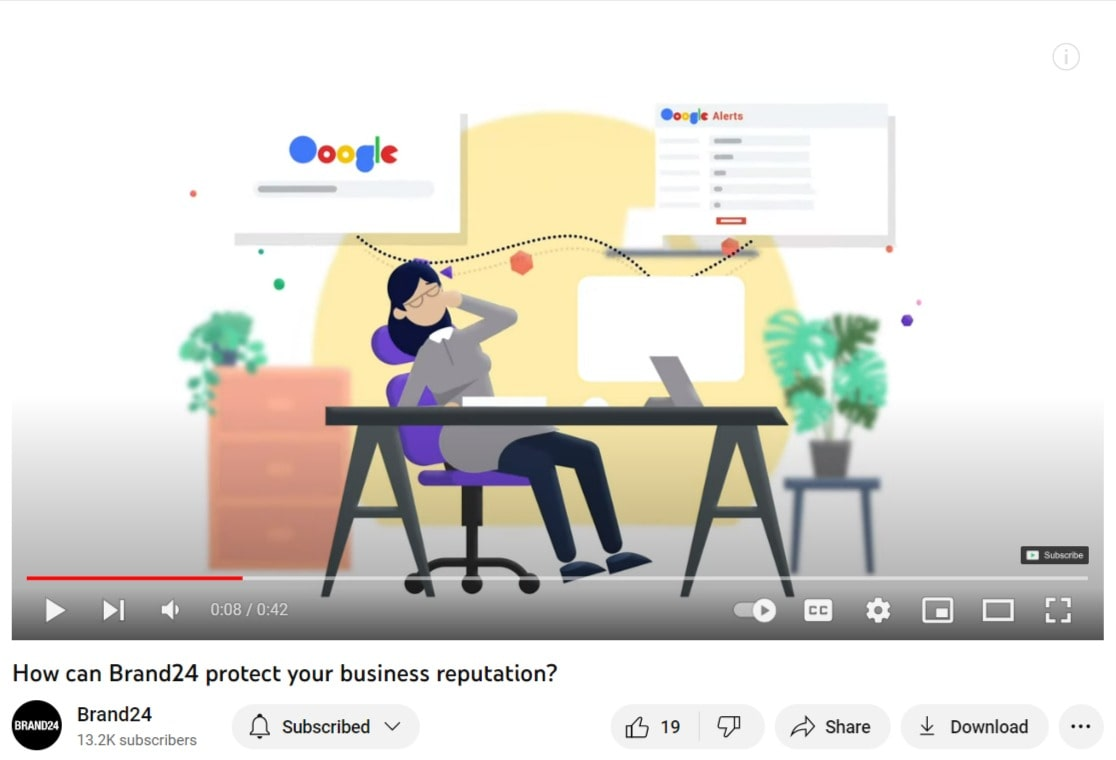
Comparison Videos
Guide and persuade with insightful comparison videos. Ideal for:
- Potential Buyers: Aid in selection.
- Existing Customers: Provide alternative insights.
- Market Analysts: Highlight competitive strengths.
Compare and inform, supporting informed purchasing decisions.
AR/VR Video Content
Augmented Reality (AR) and Virtual Reality (VR) videos immerse viewers in virtual worlds or blend digital information with the real world. Engage:
- Tech-Savvy Audiences: Early adopters keen on immersive experiences.
- Education and Training: Offer immersive learning and training modules.
- Retail and E-Commerce: Enhance shopping with virtual try-ons and product demos.
Incorporate AR/VR into your video content strategy, differentiating your brand in a competitive landscape.
Video Creation Process
Crafting video content that resonates requires a blend of storytelling, brand consistency, and mobile optimization. Here’s how to make your videos stand out:
Storytelling and emotional connection
Engage your audience through storytelling and emotional connection. A captivating narrative that resonates can create a lasting impression. Consider:
- Personal Stories: Share customer success stories or employee experiences.
- Emotional Triggers: Use music, visuals, and words that evoke specific emotions.
- Brand Story Integration: Weave your brand’s mission and values into the narrative.
- Statistics: 55% of people consume videos thoroughly – the highest amount for all types of content (HubSpot).
The power of storytelling lies in its ability to capture the attention of your audience and draw them into your story.
Maintaining brand consistency
Create a cohesive brand image across all video content. Consistency builds recognition and trust. Focus on:
- Visual Elements: Use consistent colors, fonts, and logos.
- Tone and Voice: Maintain a consistent tone that reflects your brand’s personality.
- Message Alignment: Ensure all content aligns with your brand’s core message.
- Statistics: 89% of marketers say that brand consistency significantly contributes to brand success (Lucidpress).
Build a recognizable and trustworthy brand image through consistent visual and verbal cues.
This will help to ensure that your brand is seen as reliable and trustworthy and that customers will trust your brand.
Optimize for mobile and silent viewing
Tailor your videos for mobile and silent viewing, where a significant portion of consumption happens. Implement:
- Text Overlays: Convey messages without sound.
- Subtitles: Enhance understanding for viewers watching without audio.
- Visual Cues: Use imagery that tells the story even in silence.
- Mobile-Friendly Formats: Ensure videos are viewable on various screen sizes.
- Statistics: 75% of all video plays are on mobile devices (eMarketer), and 85% of Facebook videos are watched without sound (Digiday). Optimize for the mobile experience, ensuring clarity and engagement, even without sound.
By integrating storytelling, maintaining brand consistency, and optimizing for mobile and silent viewing, you create compelling video content that not only captivates but also drives engagement and reinforces your brand. These strategies set the stage for a successful video marketing campaign, aligning with modern consumption trends and audience preferences.
Leveraging Social Media Platforms
Social media platforms are vital in reaching and engaging your target audience. Here’s how to make the most of each platform:
YouTube
YouTube is a video-centric platform with over 2 billion logged-in monthly users.
- Audience: Broad demographic, great for tutorials, product reviews, vlogs.
- Video Length: YouTube videos are longer-form content, typically 7-15 minutes.
- Features: SEO optimization, monetization, community engagement.
- Statistics: YouTube reaches more 18-49 year-olds than any cable network in the U.S.
Maximize reach and engagement with optimized, informative content.
Check: The Best YouTube Analytics Tools
Monitor your YouTube, Twitch, and TikTok videos!
Facebook offers diverse video options, including live streaming.
- Audience: Wide-ranging, suitable for brand storytelling, live Q&A, event highlights.
- Video Length: Short to medium, 1-5 minutes.
- Features: Facebook Live, video ads, interactive elements.
- Statistics: Facebook generates 8 billion video views daily.
Use Facebook’s features to connect and engage with a broad audience.
Instagram is visual-driven, ideal for visually appealing short videos and stories.
- Audience: Younger demographic, perfect for brand visuals, behind-the-scenes glimpses.
- Video Length: Short-form, 15 seconds for Stories, up to 60 seconds for Feed.
- Features: Stories, Reels, IGTV for longer videos.
- Statistics: 200 million Instagram users visit at least one business profile daily.
Leverage Instagram’s visual nature to create engaging, aesthetically pleasing content.
Check: The 13 Best Instagram Analytics Tools We Tested in 2025
X (Twitter)
Twitter is fast-paced, suitable for timely content and updates.
- Audience: News-savvy users, great for updates, announcements, short clips.
- Video Length: Very short-form, up to 2 minutes and 20 seconds.
- Features: Quick sharing, real-time engagement, Twitter Live.
- Statistics: Tweets with video attract 10x more engagement.
Use Twitter for timely content, engaging with followers in real-time.
Check: The Best X (Twitter) Analytics Tools to Try
LinkedIn targets professionals, making it ideal for B2B content.
- Audience: Professionals, suitable for industry insights, company culture videos, webinars.
- Video Length: Medium-form, 1-5 minutes.
- Features: Professional networking, B2B engagement, LinkedIn Live.
- Statistics: LinkedIn users are 20x more likely to share a video on the platform than other content.
Position your brand as an industry leader with insightful, professional content on LinkedIn.
Check: How to Run LinkedIn Monitoring? Tools & Tips
TikTok
TikTok thrives on creativity and trends, appealing to a younger audience.
- Audience: Gen Z and Millennials, perfect for fun, creative, trend-driven content.
- Video Length: Short-form, 15 seconds to 3 minutes.
- Features: Viral trends, music integration, creative video editing tools.
- Statistics: TikTok was downloaded more than 2 billion times as of April 2020.
Embrace creativity and trends to connect with a younger, energetic audience on TikTok.
Check: The Best TikTok Monitoring Tools
Monitor your YouTube, Twitch, and TikTok videos!
Choosing the right platform
Selecting the optimal social media platform for your video marketing is a nuanced process that requires careful consideration. Here’s how to make an informed choice:
- Understand Your Audience: Determine the demographics, interests, and behaviors of your target audience. Different platforms attract different age groups, professions, and interests.
- Assess Your Budget: Platforms offer various advertising and promotional opportunities at different price points. Consider your budget for paid promotions and advertising.
- Identify Desired Features: Each platform offers unique features like live streaming, short-form content, or professional networking. Match these to your content strategy.
- Evaluate Content Type: Align the platform with the type of content you plan to create, whether it’s educational webinars, creative short clips, or in-depth tutorials.
- Analyze Competitors: Look at where competitors are having success and consider whether the same platforms align with your goals.
- Consider Reach and Engagement: Platforms vary in user numbers and engagement rates. Choose ones that align with your reach and engagement goals.
Creating platform-specific content
Tailoring content to each platform’s unique characteristics can significantly boost engagement and reach. Here’s how to create platform-specific content:
- Analyze Platform Trends: Each platform has trending topics, hashtags, or features. Align your content with these trends to increase visibility.
- Consider Video Length and Format: Platforms have different preferences for video length and format. Short, engaging clips might work on TikTok, while longer, informative videos might be suitable for YouTube.
- Utilize Platform-Specific Tools: Many platforms offer unique tools like filters, music integration, or live streaming. Utilize these to enhance your content.
- Engage with Platform Communities: Participate in platform-specific communities, groups, or challenges to increase engagement.
- Optimize for Mobile Viewing: Most social media consumption is on mobile. Ensure your marketing videos are mobile-friendly.
- Monitor and Adapt: Regularly monitor the performance of your content on different platforms and adapt your strategy based on what’s working.
Measuring and Analyzing Video Marketing Performance
Understanding the effectiveness of your video marketing strategy requires a comprehensive approach to measurement and analysis. Here’s how to gauge success and make informed improvements:
Key video marketing metrics
Tracking specific metrics provides insights into how your videos are performing. Consider monitoring:
- Views: The number of times your digital video has been watched.
- Engagement: Likes, shares, comments, and the time spent watching.
- Conversion Rates: The percentage of viewers taking a desired action, such as signing up or making a purchase.
- Click-Through Rates (CTR): The ratio of users who click on a specific link to the number of total users who view the video.
- Bounce Rate: The percentage of visitors who navigate away after viewing only one page.
- Audience Retention: How long viewers are watching your videos.
- Traffic Sources: Where your viewers are coming from, such as search engines, social media, or direct links.
- Statistics: Videos attach 300% more traffic and help to nurture leads (MarketingSherpa).
Using analytics tools
Investing in analytics tools can provide a deeper understanding of video performance. Here’s how to leverage these tools:
- Brand24: You can track buzz related to your business and assess the performance of your video marketing strategy.
- Platform-Specific Analytics: Platforms like YouTube and Facebook offer built-in analytics to track views, engagement, demographics, and more.
- Google Analytics: Track how videos on your website are affecting traffic, behavior, and conversions.
- Heatmaps: Tools like Hotjar can show where viewers are clicking on your video or webpage.
- A/B Testing Tools: Test different video elements to see what performs best.
- Customer Relationship Management (CRM) Integration: Track how video interactions are translating into customer relationships and sales.
Tips for Continuous Improvement in Video Marketing
Continuously improving your video marketing efforts is essential for staying ahead of the competition and maximizing your success. By learning from industry leaders and experimenting with new formats and trends, you can ensure your content remains fresh and engaging.
Creating videos that are optimized for different platforms and devices is also important. You should consider the size of the room.
Learning from industry leaders
Studying successful video marketing campaigns from industry leaders can provide valuable inspiration and insights for your own strategy.
- Analyze Successful Campaigns: Study top-performing video campaigns within your industry to understand what resonates with audiences.
- Adopt Best Practices: Identify common techniques, storytelling methods, or visual styles that industry leaders are using successfully.
- Attend Webinars and Conferences: Engage with thought leaders and stay updated on the latest trends and insights.
- Statistics: 70% of marketers plan to use video marketing this year (Wyzowl). Learn from those who are leading the way.
Experimenting with new formats and trends
Staying ahead of the curve by experimenting with new video formats and trends can help keep your content fresh and engaging.
- Explore Emerging Formats: From AR/VR to 360-degree videos, experiment with cutting-edge formats to engage your audience.
- Leverage Platform-Specific Trends: Platforms often introduce new features or trends (e.g., TikTok challenges, Instagram Reels). Utilize these to stay relevant.
- Test Different Content Types: From humorous content to emotional storytelling, test various content types to see what engages your audience most.
- Monitor Performance: Regularly review analytics to understand what’s working and what’s not, and adjust accordingly.
Creating video content that is visually appealing and informative can help you capture the attention of your viewers.
Monitor your YouTube, Twitch, and TikTok videos!
Conclusion
In conclusion, video marketing is a powerful tool for driving business growth and reaching your target audience. By understanding the power of video marketing, developing a targeted strategy, exploring various formats, creating compelling content, leveraging social media platforms, measuring performance, and continuously improving your efforts, you can harness the full potential of video marketing and achieve your business goals. So get started today and watch your brand soar to new heights!
FAQ
What is the video marketing strategy?
Video marketing is a strategy designed to create, curate and utilize videos for marketing purposes, providing an engaging and easy way to reach target audiences.
It is an effective way to engage with customers, build brand awareness, and increase sales. It can also be used to educate customers about products and services, and to create a more personal connection with them.
Is video a good marketing strategy?
Video is an effective marketing strategy that can help your company tell its story, showcase its products, and build consumer confidence, making it a great tool for attracting new customers.
It can be used to create engaging content that resonates with your target audience, and it can be used to reach a wider audience than traditional marketing methods.
Video can also be used to build trust with potential customers, as it allows them to build trust with potential customers.
Why are videos a good marketing strategy?
Video marketing is powerful because it engages your audience, triggers emotions, offers a visual and immersive experience and allows for storytelling and human connection. It also improves SEO, boosts conversions and sales, increases website traffic, engagement, and conversions.
What is the video strategy in 2023?
In 2023, key video marketing trends will focus on interactive and shoppable content, user-generated content as a powerful tool, and simplified video production at scale. Video content is becoming increasingly popular for consumers to learn about brands and products, with 91% of marketers using video footage.
Streaming video services have also grown in popularity since the Covid-19 epidemic.
What is online video in marketing?
Online video marketing is a powerful way to promote, educate and engage your audience with a new medium. It can help you reach a larger market and increase engagement on digital and social channels.
It is an effective way to communicate with customers, build relationships and create brand awareness. It can also be used to showcase products and services, demonstrate how-to tutorials, and provide customer service.

